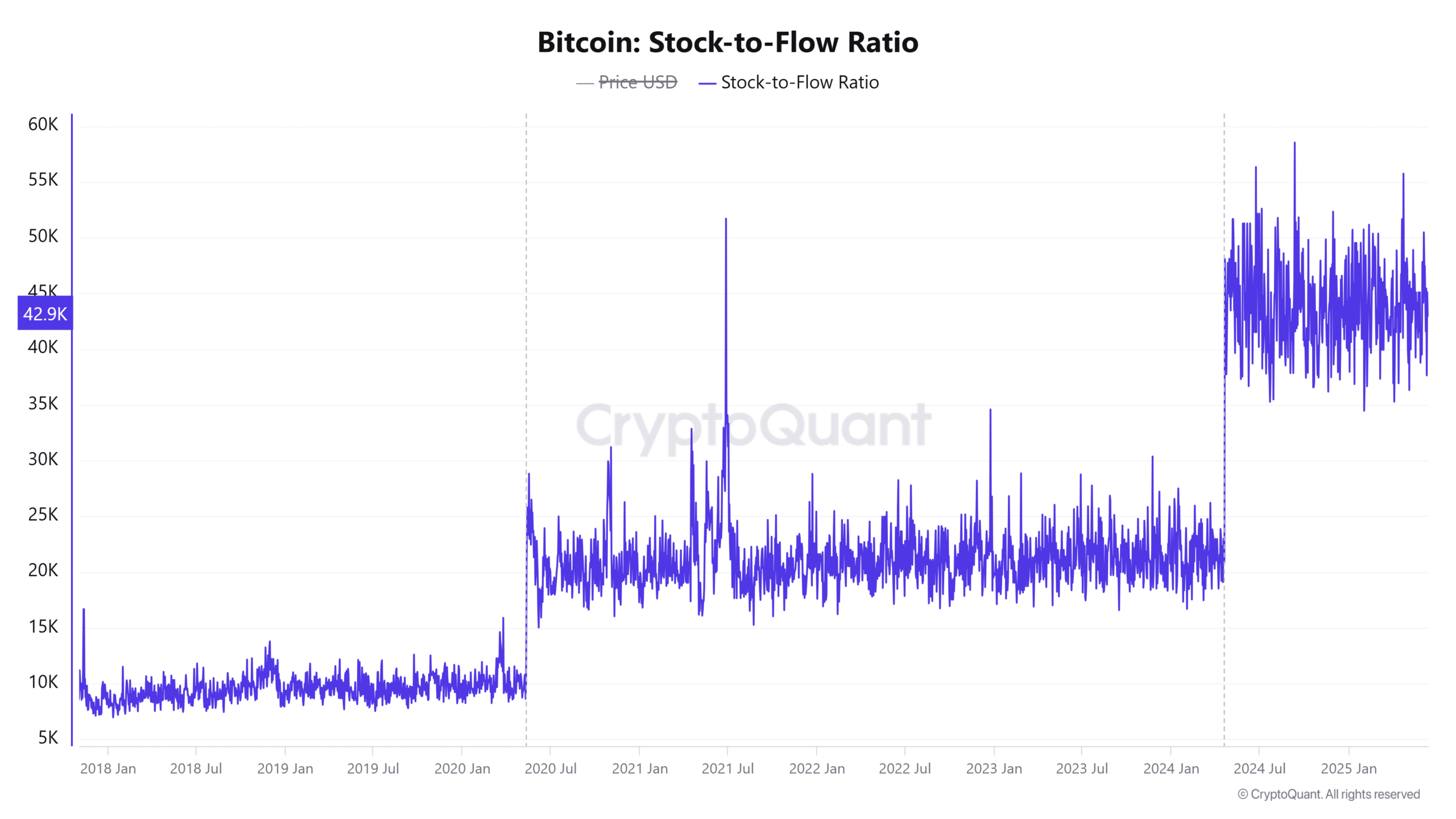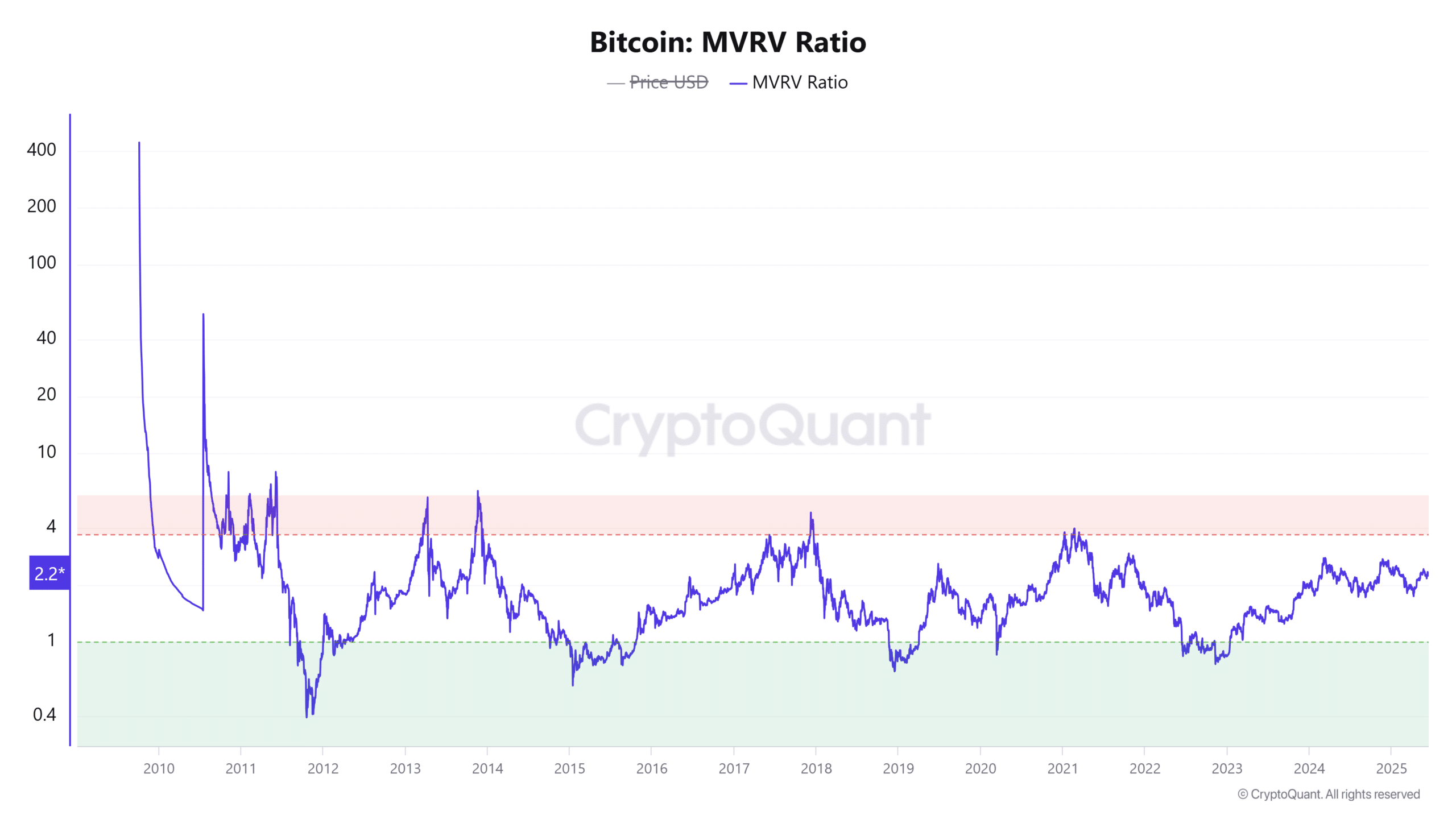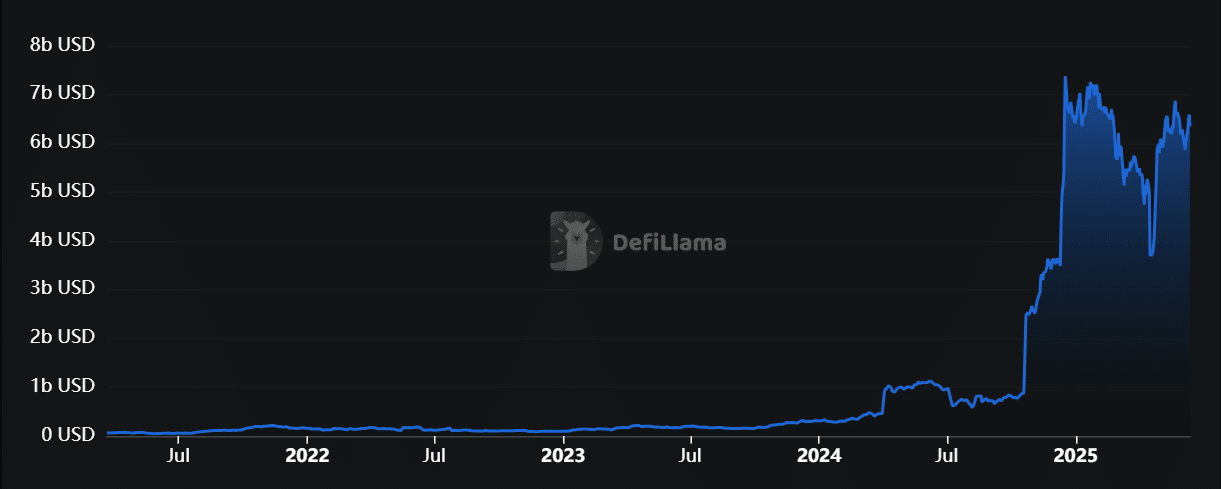| COINOTAG recommends • Exchange signup |
| 💹 Trade with pro tools |
| Fast execution, robust charts, clean risk controls. |
| 👉 Open account → |
| COINOTAG recommends • Exchange signup |
| 🚀 Smooth orders, clear control |
| Advanced order types and market depth in one view. |
| 👉 Create account → |
| COINOTAG recommends • Exchange signup |
| 📈 Clarity in volatile markets |
| Plan entries & exits, manage positions with discipline. |
| 👉 Sign up → |
| COINOTAG recommends • Exchange signup |
| ⚡ Speed, depth, reliability |
| Execute confidently when timing matters. |
| 👉 Open account → |
| COINOTAG recommends • Exchange signup |
| 🧭 A focused workflow for traders |
| Alerts, watchlists, and a repeatable process. |
| 👉 Get started → |
| COINOTAG recommends • Exchange signup |
| ✅ Data‑driven decisions |
| Focus on process—not noise. |
| 👉 Sign up → |
-
Institutional interest in Bitcoin surges with ETF inflows hitting $970 million in three days, yet weakening on-chain fundamentals cast doubt on short-term price strength.
-
Despite the influx of capital from ETFs, declining stablecoin liquidity and key valuation metrics suggest a cautious market environment.
-
According to COINOTAG, “The interplay between rising institutional demand and shrinking retail liquidity creates a complex scenario for Bitcoin’s near-term trajectory.”
Bitcoin sees $970M ETF inflows amid declining stablecoin liquidity and valuation metrics, signaling mixed signals for BTC’s short-term momentum.
ETF Inflows Surge but Stablecoin Liquidity Declines, Impacting Bitcoin’s Buying Power
Bitcoin has experienced a notable resurgence in institutional capital, with exchange-traded funds (ETFs) attracting over $970 million within a mere three-day span. This influx reverses previous weeks of capital outflows and reflects renewed confidence from large-scale investors. However, this positive development contrasts sharply with the current state of stablecoin liquidity on exchanges.
The Exchange Stablecoin Ratio has dropped by 3.34%, settling at 5.69, indicating a contraction in the stablecoin reserves available for immediate Bitcoin purchases. This decline in stablecoin presence on trading platforms reduces the market’s spot buying power, which is critical for sustaining upward price momentum. Without sufficient stablecoin liquidity, the market risks losing the fuel necessary for robust demand-driven rallies, potentially limiting Bitcoin’s short-term upside despite strong ETF inflows.
Moreover, the diminished stablecoin supply may discourage retail traders from entering the market, leaving institutional players to bear the burden of price support. This dynamic introduces a layer of complexity, as retail participation often contributes to sustained market rallies.
| COINOTAG recommends • Professional traders group |
| 💎 Join a professional trading community |
| Work with senior traders, research‑backed setups, and risk‑first frameworks. |
| 👉 Join the group → |
| COINOTAG recommends • Professional traders group |
| 📊 Transparent performance, real process |
| Spot strategies with documented months of triple‑digit runs during strong trends; futures plans use defined R:R and sizing. |
| 👉 Get access → |
| COINOTAG recommends • Professional traders group |
| 🧭 Research → Plan → Execute |
| Daily levels, watchlists, and post‑trade reviews to build consistency. |
| 👉 Join now → |
| COINOTAG recommends • Professional traders group |
| 🛡️ Risk comes first |
| Sizing methods, invalidation rules, and R‑multiples baked into every plan. |
| 👉 Start today → |
| COINOTAG recommends • Professional traders group |
| 🧠 Learn the “why” behind each trade |
| Live breakdowns, playbooks, and framework‑first education. |
| 👉 Join the group → |
| COINOTAG recommends • Professional traders group |
| 🚀 Insider • APEX • INNER CIRCLE |
| Choose the depth you need—tools, coaching, and member rooms. |
| 👉 Explore tiers → |

Source: CryptoQuant
| COINOTAG recommends • Exchange signup |
| 📈 Clear interface, precise orders |
| Sharp entries & exits with actionable alerts. |
| 👉 Create free account → |
| COINOTAG recommends • Exchange signup |
| 🧠 Smarter tools. Better decisions. |
| Depth analytics and risk features in one view. |
| 👉 Sign up → |
| COINOTAG recommends • Exchange signup |
| 🎯 Take control of entries & exits |
| Set alerts, define stops, execute consistently. |
| 👉 Open account → |
| COINOTAG recommends • Exchange signup |
| 🛠️ From idea to execution |
| Turn setups into plans with practical order types. |
| 👉 Join now → |
| COINOTAG recommends • Exchange signup |
| 📋 Trade your plan |
| Watchlists and routing that support focus. |
| 👉 Get started → |
| COINOTAG recommends • Exchange signup |
| 📊 Precision without the noise |
| Data‑first workflows for active traders. |
| 👉 Sign up → |
Declining Stablecoin Liquidity May Limit Retail Participation
The contraction in stablecoin reserves on exchanges is a critical factor that could suppress retail investor activity. Stablecoins often serve as the primary on-ramp for retail traders to enter the crypto market, providing a ready source of liquidity for spot purchases. As these reserves diminish, retail traders may find it challenging to deploy capital efficiently, potentially leading to reduced market participation from this segment.
This environment places greater emphasis on institutional investors to sustain Bitcoin’s price levels. However, the reliance on a narrower pool of buyers can increase volatility and heighten sensitivity to profit-taking or shifts in institutional sentiment.
| COINOTAG recommends • Traders club |
| ⚡ Futures with discipline |
| Defined R:R, pre‑set invalidation, execution checklists. |
| 👉 Join the club → |
| COINOTAG recommends • Traders club |
| 🎯 Spot strategies that compound |
| Momentum & accumulation frameworks managed with clear risk. |
| 👉 Get access → |
| COINOTAG recommends • Traders club |
| 🏛️ APEX tier for serious traders |
| Deep dives, analyst Q&A, and accountability sprints. |
| 👉 Explore APEX → |
| COINOTAG recommends • Traders club |
| 📈 Real‑time market structure |
| Key levels, liquidity zones, and actionable context. |
| 👉 Join now → |
| COINOTAG recommends • Traders club |
| 🔔 Smart alerts, not noise |
| Context‑rich notifications tied to plans and risk—never hype. |
| 👉 Get access → |
| COINOTAG recommends • Traders club |
| 🤝 Peer review & coaching |
| Hands‑on feedback that sharpens execution and risk control. |
| 👉 Join the club → |
Bitcoin’s Scarcity Metrics Show Signs of Erosion Amid Increased Supply
The Stock-to-Flow (S2F) ratio, a widely followed metric that quantifies Bitcoin’s scarcity by comparing circulating supply to new issuance, has experienced a significant decline of 22.22%, falling to 706.78K. This sharp drop suggests that the rate of new Bitcoin entering circulation has increased relative to the existing supply, thereby diluting the scarcity narrative that underpins many bullish valuation models.
While the long-term outlook for Bitcoin’s scarcity remains intact due to its fixed supply cap, this near-term weakening of the S2F ratio could temper investor enthusiasm. Market participants who rely on scarcity-driven models may demand additional fundamental support before committing to further upside exposure.

Source: CryptoQuant
| COINOTAG recommends • Exchange signup |
| 📈 Clear control for futures |
| Sizing, stops, and scenario planning tools. |
| 👉 Open futures account → |
| COINOTAG recommends • Exchange signup |
| 🧩 Structure your futures trades |
| Define entries & exits with advanced orders. |
| 👉 Sign up → |
| COINOTAG recommends • Exchange signup |
| 🛡️ Control volatility |
| Automate alerts and manage positions with discipline. |
| 👉 Get started → |
| COINOTAG recommends • Exchange signup |
| ⚙️ Execution you can rely on |
| Fast routing and meaningful depth insights. |
| 👉 Create account → |
| COINOTAG recommends • Exchange signup |
| 📒 Plan. Execute. Review. |
| Frameworks for consistent decision‑making. |
| 👉 Join now → |
| COINOTAG recommends • Exchange signup |
| 🧩 Choose clarity over complexity |
| Actionable, pro‑grade tools—no fluff. |
| 👉 Open account → |
Implications of a Lower Stock-to-Flow Ratio on Investor Sentiment
The reduction in Bitcoin’s scarcity metric may lead to a reassessment of its intrinsic value among investors. As the S2F ratio declines, the perceived rarity of Bitcoin diminishes, potentially weakening the conviction behind long-term bullish narratives. This shift could result in more cautious positioning, especially among institutional investors who prioritize fundamental indicators.
Consequently, the market may require stronger catalysts or improved on-chain data to justify sustained price appreciation beyond the current levels.
| COINOTAG recommends • Members‑only research |
| 📌 Curated setups, clearly explained |
| Entry, invalidation, targets, and R:R defined before execution. |
| 👉 Get access → |
| COINOTAG recommends • Members‑only research |
| 🧠 Data‑led decision making |
| Technical + flow + context synthesized into actionable plans. |
| 👉 Join now → |
| COINOTAG recommends • Members‑only research |
| 🧱 Consistency over hype |
| Repeatable rules, realistic expectations, and a calmer mindset. |
| 👉 Get access → |
| COINOTAG recommends • Members‑only research |
| 🕒 Patience is an edge |
| Wait for confirmation and manage risk with checklists. |
| 👉 Join now → |
| COINOTAG recommends • Members‑only research |
| 💼 Professional mentorship |
| Guidance from seasoned traders and structured feedback loops. |
| 👉 Get access → |
| COINOTAG recommends • Members‑only research |
| 🧮 Track • Review • Improve |
| Documented PnL tracking and post‑mortems to accelerate learning. |
| 👉 Join now → |
Profit-Taking Signals Emerge as MVRV Ratio Declines
The Market Value to Realized Value (MVRV) ratio, which measures profit-taking tendencies by comparing current market price to the average price at which coins were acquired, has dropped by 3.08% to 2.21. Although this level indicates that many holders remain in profit, the downward trend suggests an increase in selling activity as investors lock in gains.
Historically, MVRV ratios above 2.0 have often preceded local market tops, signaling caution among traders. The recent decline may reflect a growing willingness to realize profits, which could exert downward pressure on Bitcoin’s price if selling intensifies.
| COINOTAG recommends • Exchange signup |
| 🎯 Focus on process over noise |
| Plan trades, size positions, execute consistently. |
| 👉 Sign up → |
| COINOTAG recommends • Exchange signup |
| 🛠️ Simplify execution |
| Keep decisions clear with practical controls. |
| 👉 Get started → |
| COINOTAG recommends • Exchange signup |
| 📊 Make data your edge |
| Use depth and alerts to avoid guesswork. |
| 👉 Open account → |
| COINOTAG recommends • Exchange signup |
| 🧭 Be prepared, not reactive |
| Turn setups into rules before you trade. |
| 👉 Create account → |
| COINOTAG recommends • Exchange signup |
| ✍️ Plan first, then act |
| Entries, exits, and reviews that fit your routine. |
| 👉 Join now → |
| COINOTAG recommends • Exchange signup |
| 🧩 Consistency beats intensity |
| Small, repeatable steps win the long run. |
| 👉 Sign up → |

Source: CryptoQuant
| COINOTAG recommends • Premium trading community |
| 🏛️ WAGMI CAPITAL — Premium Trading Community |
| Strategic insights, exclusive opportunities, professional support. |
| 👉 Join WAGMI CAPITAL → |
| COINOTAG recommends • Premium trading community |
| 💬 Inner Circle access |
| See members share real‑time PnL and execution notes in chat. |
| 👉 Apply for Inner Circle → |
| COINOTAG recommends • Premium trading community |
| 🧩 Turn theses into trades |
| Reusable templates for entries, risk, and review—end to end. |
| 👉 Join the club → |
| COINOTAG recommends • Premium trading community |
| 💡 Long‑term mindset |
| Patience and discipline over noise; a process that compounds. |
| 👉 Get started → |
| COINOTAG recommends • Premium trading community |
| 📚 Education + execution |
| Courses, playbooks, and live market walkthroughs—learn by doing. |
| 👉 Get access → |
| COINOTAG recommends • Premium trading community |
| 🔒 Members‑only research drops |
| Curated analyses and private briefings—quality over quantity. |
| 👉 Join WAGMI CAPITAL → |
Potential Impact of Increased Profit-Taking on Market Momentum
As holders begin to realize profits, Bitcoin’s recent momentum driven by ETF inflows may face headwinds. Increased selling pressure could stall price advances and introduce volatility, particularly if retail participation remains subdued due to low stablecoin liquidity.
This dynamic underscores the delicate balance between bullish institutional demand and cautious profit-taking behavior shaping Bitcoin’s near-term outlook.
| COINOTAG recommends • Exchange signup |
| 🧱 Execute with discipline |
| Watchlists, alerts, and flexible order control. |
| 👉 Sign up → |
| COINOTAG recommends • Exchange signup |
| 🧩 Keep your strategy simple |
| Clear rules and repeatable steps. |
| 👉 Open account → |
| COINOTAG recommends • Exchange signup |
| 🧠 Stay objective |
| Let data—not emotion—drive actions. |
| 👉 Get started → |
| COINOTAG recommends • Exchange signup |
| ⏱️ Trade when it makes sense |
| Your plan sets the timing—not the feed. |
| 👉 Join now → |
| COINOTAG recommends • Exchange signup |
| 🌿 A calm plan for busy markets |
| Set size and stops first, then execute. |
| 👉 Create account → |
| COINOTAG recommends • Exchange signup |
| 🧱 Your framework. Your rules. |
| Design entries/exits that fit your routine. |
| 👉 Sign up → |
Declining DeFi Engagement Signals Reduced BTC Utility in On-Chain Ecosystems
Bitcoin’s Total Value Locked (TVL) in decentralized finance (DeFi) protocols has decreased by 3.66% over the past 24 hours, now standing at $6.354 billion. This contraction indicates waning engagement with BTC-backed DeFi applications, which may reflect broader risk-off sentiment or a shift of capital towards alternative blockchain ecosystems.
A declining TVL undermines Bitcoin’s role as a capital-efficient asset within the DeFi space, potentially limiting its utility beyond a store of value. This trend could also signal investor preference for assets with higher yield opportunities or more dynamic on-chain activity.

Source: DefiLlama
Broader Implications of Reduced BTC DeFi TVL on Market Sentiment
The decline in Bitcoin’s DeFi TVL suggests a cautious stance among investors regarding its utility in decentralized applications. This reduced engagement may dampen enthusiasm for Bitcoin as a multifaceted asset within the crypto ecosystem, emphasizing its current perception primarily as a speculative store of value.
For Bitcoin to regain momentum, increased participation in DeFi and other on-chain activities could be essential in demonstrating tangible economic utility beyond price speculation.
Conclusion
While the recent surge in ETF inflows highlights renewed institutional confidence in Bitcoin, several on-chain and market indicators present a more nuanced picture. Declining stablecoin liquidity, weakening scarcity metrics, increased profit-taking, and reduced DeFi engagement collectively suggest a cautious market environment. For Bitcoin to sustain its upward trajectory, these fundamental factors must align to support a robust and broad-based rally. Investors should monitor these key metrics closely as they navigate the evolving landscape of Bitcoin’s price dynamics and market sentiment.
| COINOTAG recommends • Members‑only research |
| 📌 Curated setups, clearly explained |
| Entry, invalidation, targets, and R:R defined before execution. |
| 👉 Get access → |
| COINOTAG recommends • Members‑only research |
| 🧠 Data‑led decision making |
| Technical + flow + context synthesized into actionable plans. |
| 👉 Join now → |
| COINOTAG recommends • Members‑only research |
| 🧱 Consistency over hype |
| Repeatable rules, realistic expectations, and a calmer mindset. |
| 👉 Get access → |
| COINOTAG recommends • Members‑only research |
| 🕒 Patience is an edge |
| Wait for confirmation and manage risk with checklists. |
| 👉 Join now → |
| COINOTAG recommends • Members‑only research |
| 💼 Professional mentorship |
| Guidance from seasoned traders and structured feedback loops. |
| 👉 Get access → |
| COINOTAG recommends • Members‑only research |
| 🧮 Track • Review • Improve |
| Documented PnL tracking and post‑mortems to accelerate learning. |
| 👉 Join now → |









